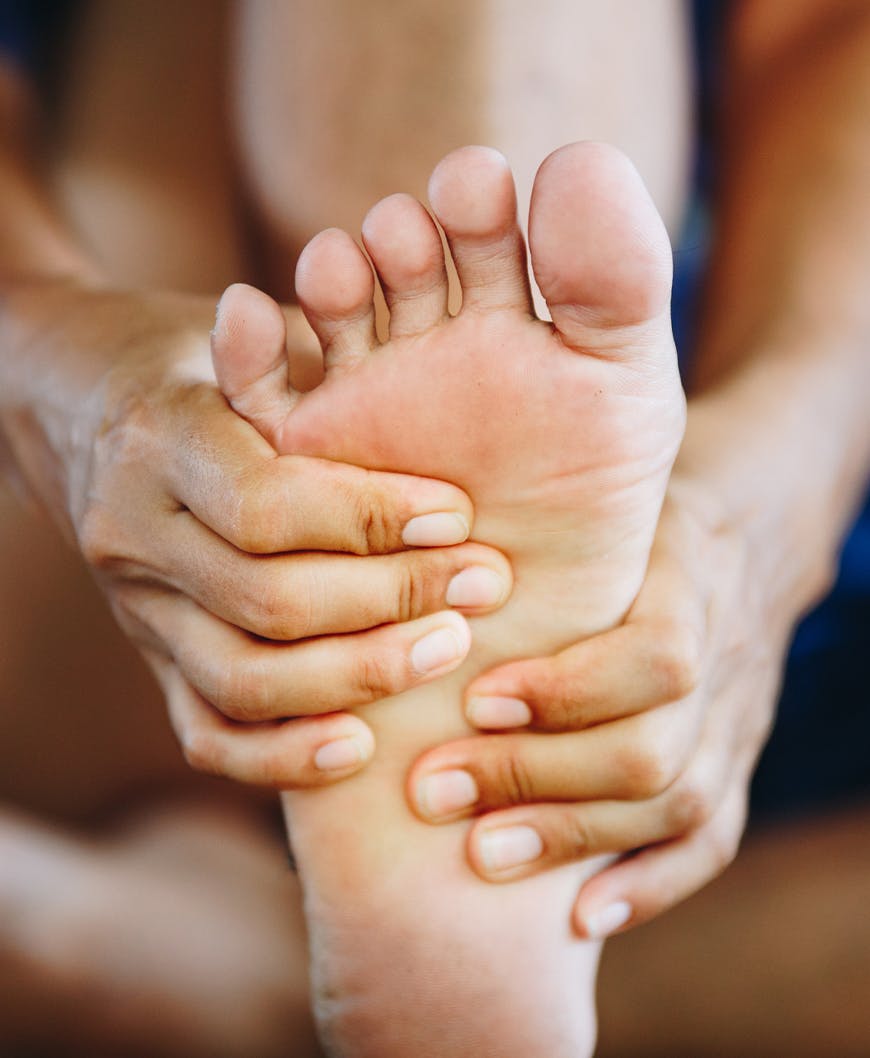Posterior tibial tendon dysfunction is also known as “adult acquired flatfoot”. This is a common condition that affects the foot and is progressive, which means it will only get worse if the problem isn’t addressed and treated promptly.
Diagnosing Posterior Tibial Tendon Dysfunction
Your physician will perform a visual and physical exam of the foot to determine if you have posterior tibial tendon dysfunction, checking for swelling and for the location of the pain. Your doctor will check on the appearance of your foot and ankle, as well as the flexibility and range of motion of your foot and ankle. There may not be a lot of tell-tale symptoms, especially at the early stages of damage to the tendon, so your physician may order imaging tests to make a proper diagnosis. An x-ray or CT scan may be used to check for bone positioning, while an MRI or ultrasound might be necessary to check the condition of soft tissues in the area.








